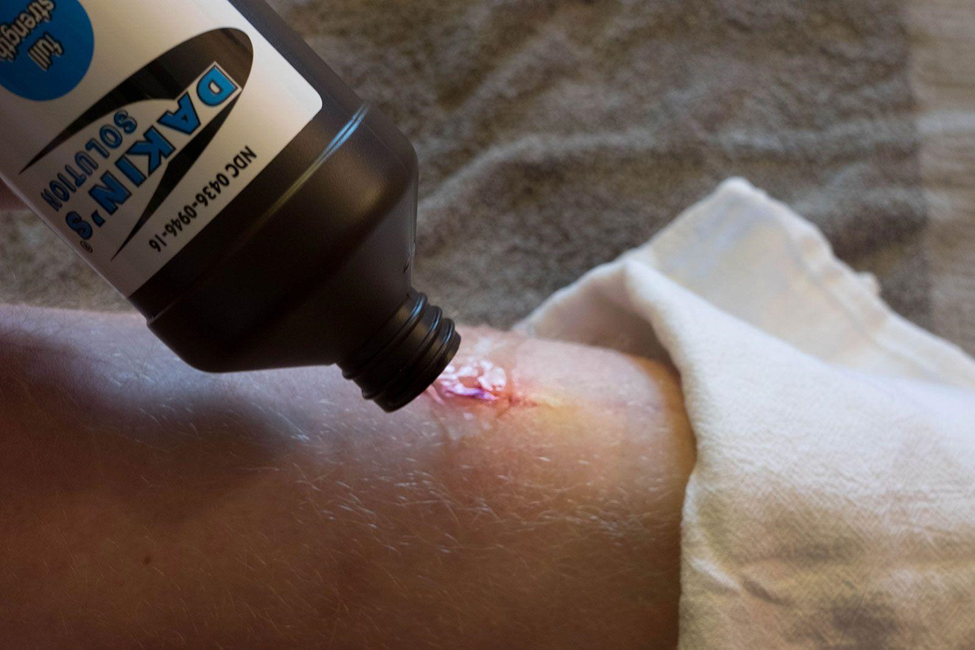What type of dressing allows for multiple inspections and changes without disrupting the skin because the tape is left in place?
Tegaderm or Opsite
Abdominal pads held in place with paper tape
Retention
Montgomery straps
The Correct Answer is D
Choice A rationale
Tegaderm or Opsite dressings are transparent and adhesive, allowing for wound inspection without removal, but they do not involve tape that remains in place for multiple changes.
Choice B rationale
Abdominal pads held in place with paper tape would require the tape to be removed and replaced with each dressing change, which can disrupt the skin.
Choice C rationale
The term ‘retention’ is incomplete and does not specify a type of dressing. Retention typically refers to the ability to keep something in place, such as a dressing, but does not imply that the tape remains in place.
Choice D rationale
Montgomery straps are designed with ties that attach to an adhesive base that remains on the skin. This allows the dressing to be changed without removing and reapplying tape, thus preventing skin disruption.
Nursing Test Bank
Naxlex Comprehensive Predictor Exams
Related Questions
Correct Answer is D
Explanation
Choice A:
es and moisture to digest necrotic tissue. While Dakin's solution can support this process by maintaining a moist wound environment, it does not directly cause autolytic debridement.
Choice B:
Sharp debridement involves the use of a scalpel, scissors, or other sharp instrument to remove dead tissue. Dakin's solution does not perform this function.
Choice C:
Enzymatic debridement involves the use of a topical application of enzymes to break down necrotic tissue. Dakin's solution does not contain these enzymes.
Choice D:
This is the correct choice. Dakin's solution, a sodium hypochlorite-based solution, is used for chemical debridement¹. It can be used to irrigate the wound bed or as the solution for wet-to-moist dressing, effectively cleansing away wound debris and helping create the ideal environment for healing.

Correct Answer is C
Explanation
Choice A rationale
Filling the pack and refreezing it is part of preparing the ice pack but not a necessary step in the application process itself.
Choice B rationale
Covering the pack with plastic wrap is not recommended as it could potentially cause harm by trapping the cold and leading to frostbite.
Choice C rationale
Using a light cover, such as a thin towel, over the ice pack is necessary to protect the skin while still allowing the cold to reach the injured area effectively.
Choice D rationale
Using small ice cubes is a method to create an ice pack but does not pertain to the application process on the skin.
Whether you are a student looking to ace your exams or a practicing nurse seeking to enhance your expertise , our nursing education contents will empower you with the confidence and competence to make a difference in the lives of patients and become a respected leader in the healthcare field.
Visit Naxlex, invest in your future and unlock endless possibilities with our unparalleled nursing education contents today
Report Wrong Answer on the Current Question
Do you disagree with the answer? If yes, what is your expected answer? Explain.
Kindly be descriptive with the issue you are facing.
